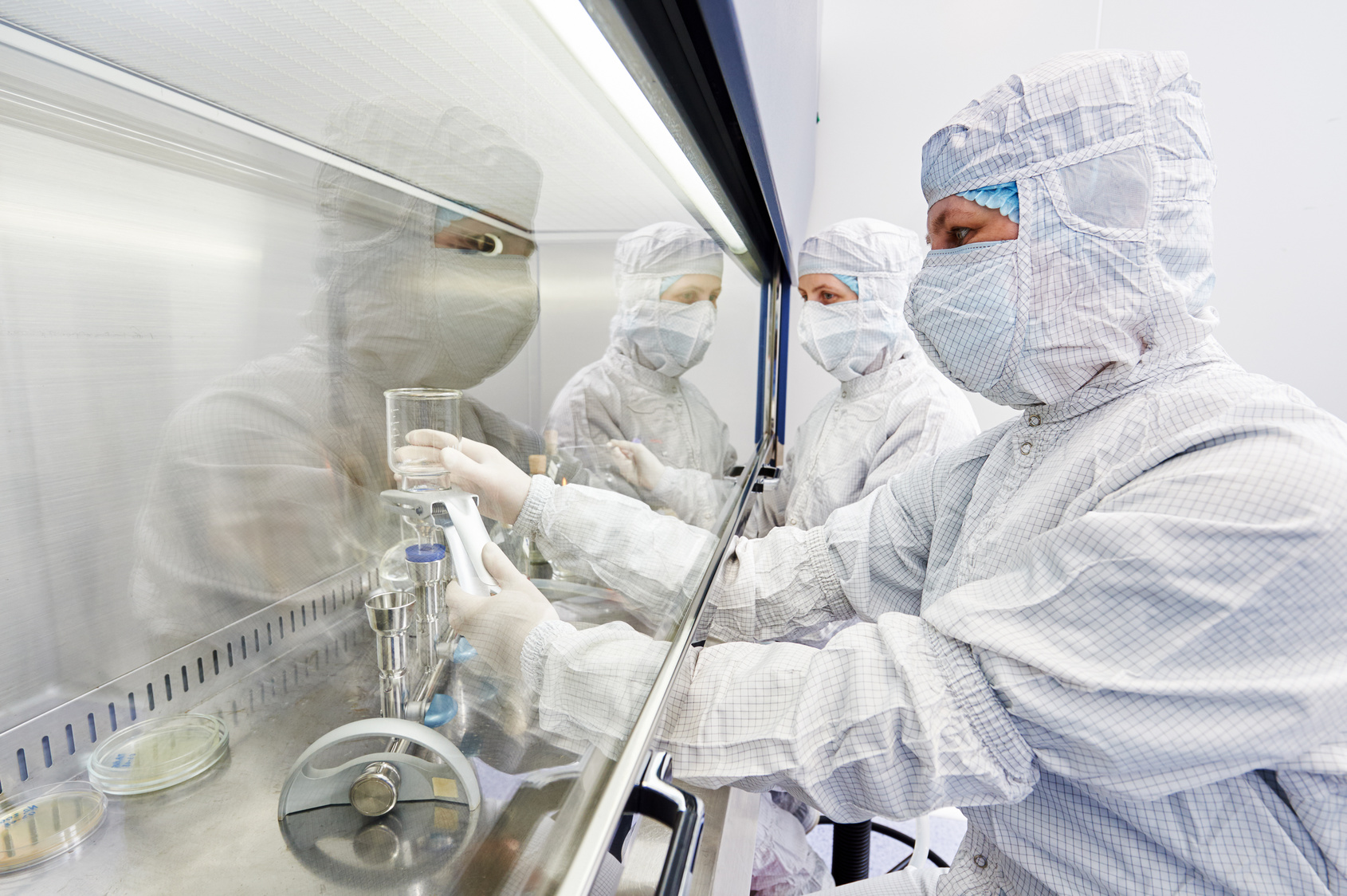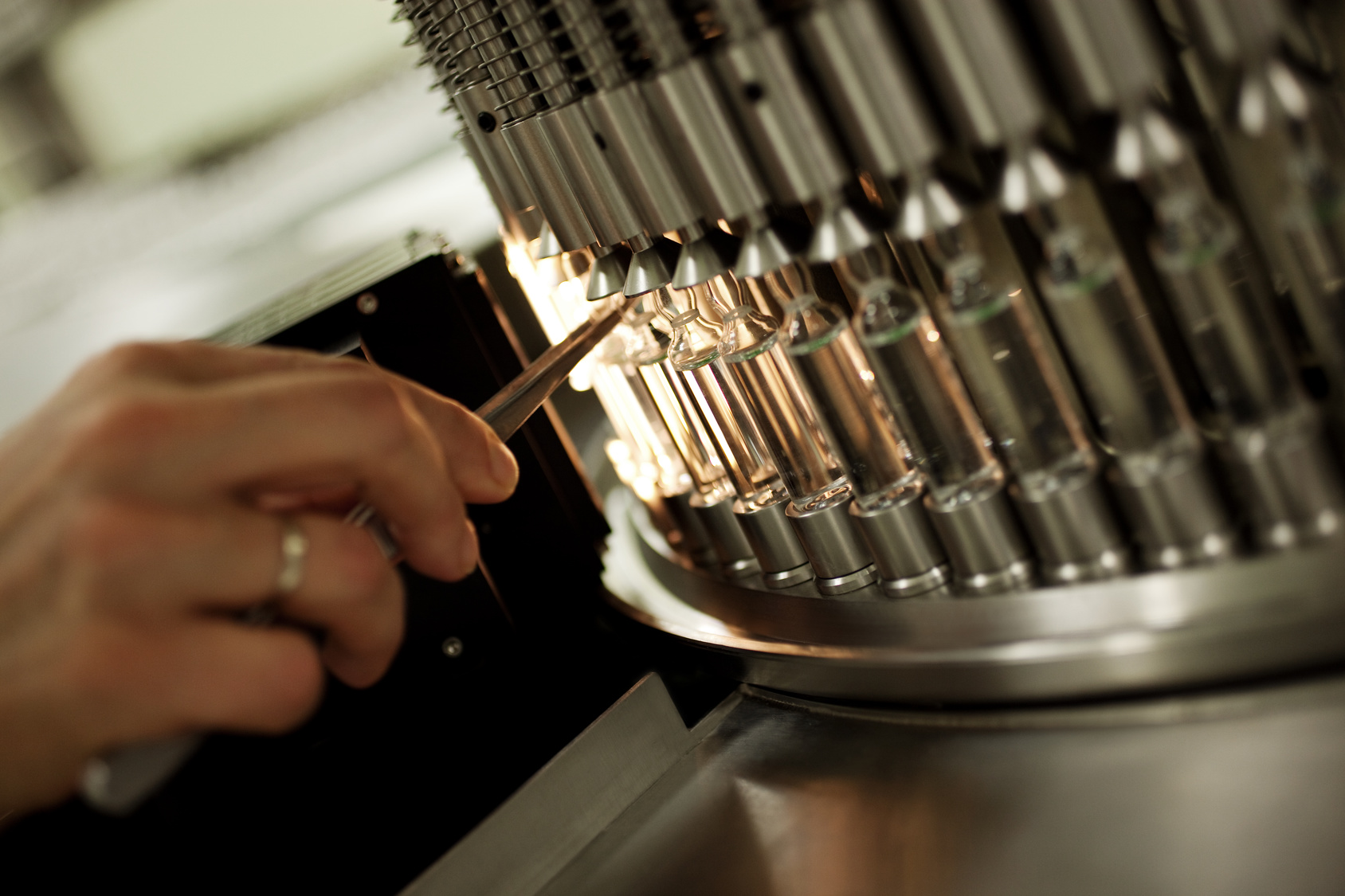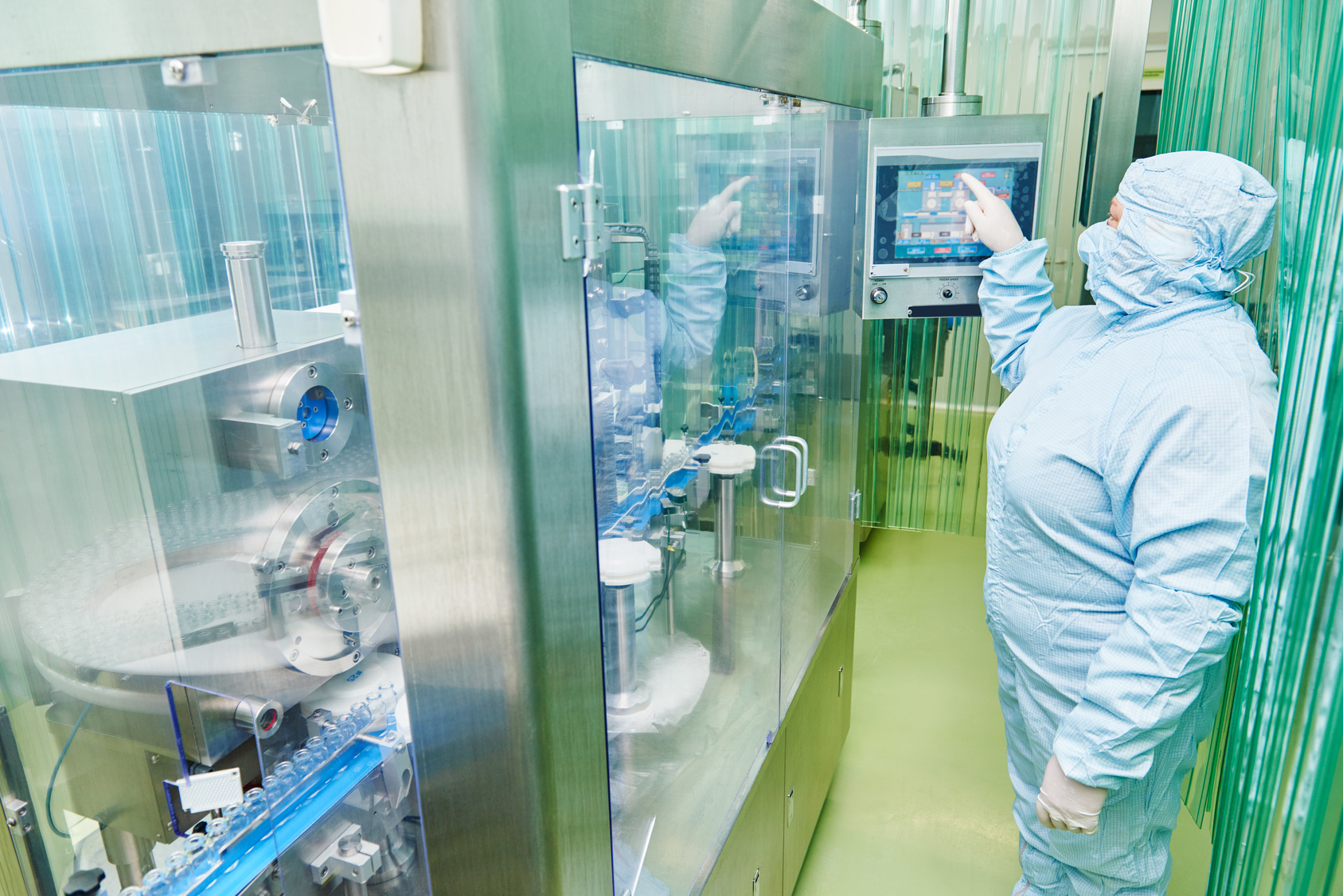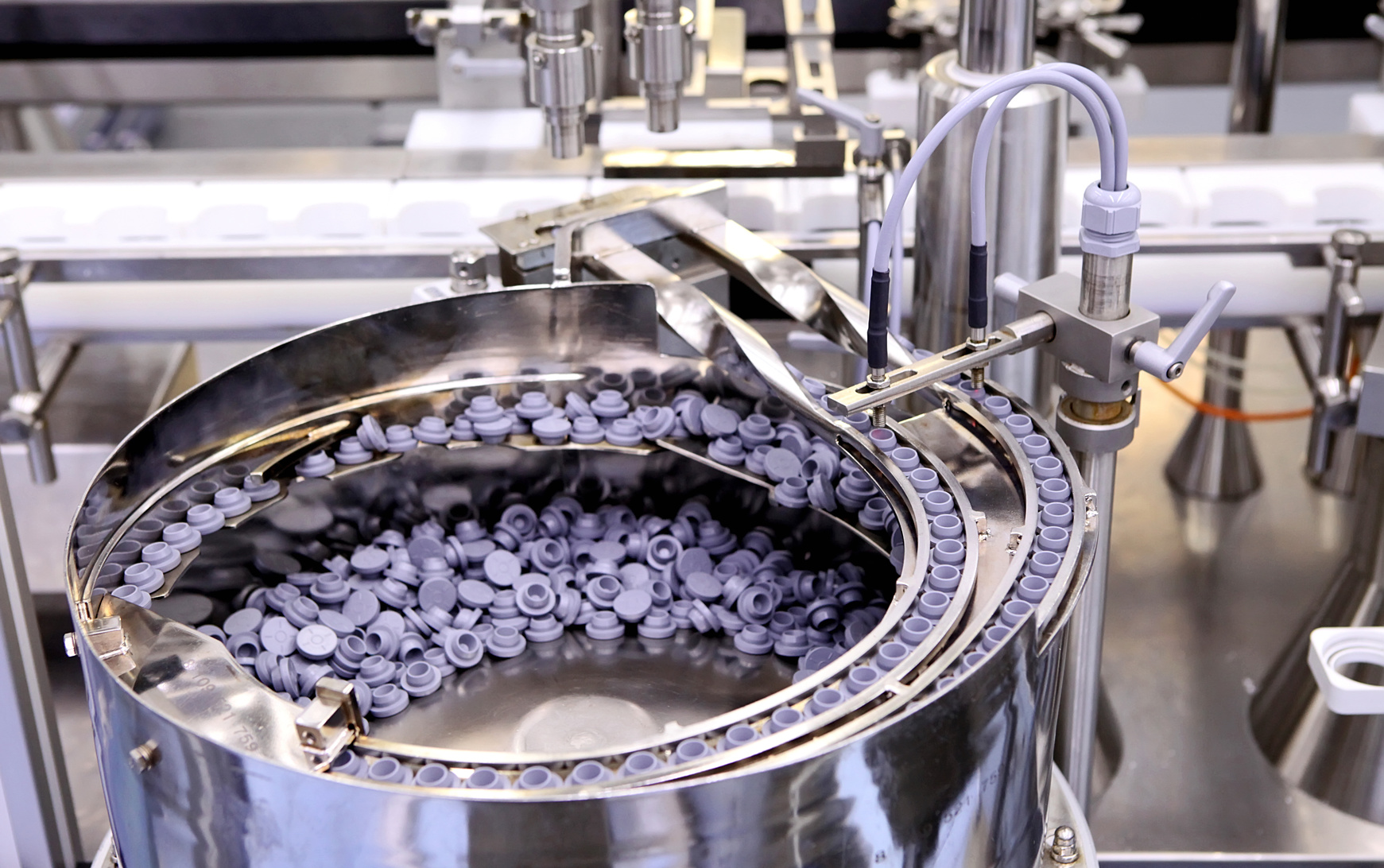
EMA published a Draft guideline on the sterilisation of the medicinal product, active substance, excipient and primary container (Part I)
- 29 June 2016
- Annex 1, API, aseptic processing, excipients, filtration, finished dosage form, GMP, medicinal product, primary container, SAL, sterilisation, sterilisation assurance level, sterility, terminal sterilisation,
On 13 April 2016, EMA released for 6 months public consultation the Draft guideline on the sterilisation of the medicinal product, active substance, excipient and primary container.
A new guidance is developed as a separate guidance document and will replace Decision trees for the selection of sterilisation methods (CPMP/QWP/054/98) and Decision trees for the selection of sterilisation methods (EMEA/CVMP/065/99).
This new guideline provides guidance on the documentation expected for sterile products in the quality dossier for a marketing authorisation application or a variation application for a medicinal product, and the selection of appropriate methods of sterilisation for sterile products.

As we know, sterility is a critical quality attribute for all sterile products. In addition, sterility of the medicinal product cannot be assured by testing, but it needs to be assured by the use of a suitable and validated manufacturing process. Sterility is dependent on several factors such as the bioburden of the formulation components, the sterilisation procedure, the integrity of the container closure system, and in the case of aseptic processing, the use of satisfactory aseptic technique.
Terminal sterilisation is preferred to sterilisation by filtration and/or aseptic processing because it provides a Sterility assurance level (SAL) that is possible to calculate, validate and control, and thus incorporates a safety margin. For aseptic processes, a SAL is not applicable as accidental contamination caused by inadequate technique cannot be reliably eliminated by monitoring, control or validation. Therefore, terminal sterilisation – using a reference condition of the European Pharmacopoeia (Ph. Eur.) – provides the highest assurance of sterility and should be used whenever possible. For highly sensitive products such as biological products where terminal sterilisation of the drug product is not possible, aseptic processing under controlled conditions provides a satisfactory quality of the drug product.
In addition to those products where the formulation itself prohibits the possibility of terminal sterilisation, the use of aseptic processing can be accepted in certain situations even if the formulation itself can be terminally sterilised if other benefits are gained for the patients or users of the product.


This guideline applies to chemical and biological medicinal products for human and veterinary use, but is not applicable for immunological veterinary medicinal products.
It provides guidance on the choice of the method of sterilisation, the development and manufacturing data required to support the manufacture of the finished product. It should be stressed, that the same principles, (choice of method of sterilisation, development data and manufacturing), apply to sterile active substances, excipients and primary containers.

It should be noticed here that EMA recently published Q&A on data required for sterilization processes of primary packaging materials subsequently used in an aseptic manufacturing process.
Terminal sterilisation of the primary packaging, used subsequently during aseptic processing of the finished product, is a critical process and the sterility of the primary container is a critical quality attribute to ensure the sterility of the finished product.
The site where sterilisation of the packaging materials takes place may not have undergone inspection by an EU authority and consequently may not hold an EU GMP certificate in relation to this activity.
It is the responsibility of the user of the manufacturer of the medicinal product, to ensure the quality, including sterility assurance, of packaging materials. The site where QP certification of the finished product takes place, and other manufacturing sites which are responsible for outsourcing this sterilisation activity, should have access to the necessary information to demonstrate the ongoing qualification status of suppliers of this sterilisation service.
To see a whole picture, it is important to add here that in February 2015 EMA published Concept paper on the revision of annex 1 of the guidelines on good manufacturing practice – manufacture of sterile medicinal products (EMA/INS/GMP/735037/2014).
The concept paper addresses the need to update annex 1 of the good manufacturing practice (GMP) guide. The current version of annex 1 is revised to reflect changes in regulatory and manufacturing environments. The new guideline should clarify how manufacturers can take advantage of new possibilities deriving from the application of an enhanced process understanding by using innovative tools as described in the ICH Q9 and Q10 guidelines.
The revision of annex 1 should also take into account related changes in other GMP chapters and annexes as well as in other regulatory documents. The revised guideline will seek to remove ambiguity and inconsistencies and will take account of advances in technologies.
Originally, October 2015 was the proposed date for release of draft guideline but currently the most probable date is Q3/Q4 2016.




